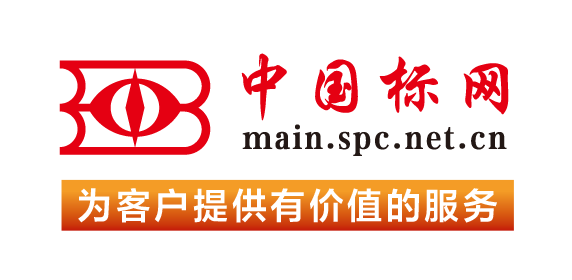【国外标准】 Tracked Changes. Adhesives for load-bearing timber structures. Test methods
本网站 发布时间:
2024-10-08
开通会员免费在线看70000余条国内标准,赠送文本下载次数,单本最低仅合13.3元!还可享标准出版进度查询、定制跟踪推送、标准查新等超多特权!
查看详情>>
适用范围:
暂无
标准号:
BS EN 302-1:2023 - TC
标准名称:
Tracked Changes. Adhesives for load-bearing timber structures. Test methods
英文名称:
Tracked Changes. Adhesives for load-bearing timber structures. Test methods标准状态:
现行-
发布日期:
2023-03-03 -
实施日期:
出版语种:
- 推荐标准
- ASTM C1702-23e1 Standard Test Method for Measurement of Heat of Hydration of Hydraulic Cementitious Materials Using Isothermal Conduction Calorimetry
- ASTM D2555-17a(2024)e1 Standard Practice for Establishing Clear Wood Strength Values
- ASTM D4439-24e1 Standard Terminology for Geosynthetics
- ASTM D6724/D6724M-16(2024)e1 Standard Guide for Installation of Direct Push Groundwater Monitoring Wells
- ASTM F2623-24e1 Standard Specification for Polyethylene of Raised Temperature (PE-RT) Systems for Non-Potable Water Applications
- ASTM C1528/C1528M-20e1 Standard Guide for Selection of Dimension Stone
- ASTM C1535-05(2023) Standard Practice for Application of Exterior Insulation and Finish Systems Class PI
- ASTM C1554-18(2023) Standard Guide for Materials Handling Equipment for Hot Cells
- ASTM C1582/C1582M-11(2017)e1 Standard Specification for Admixtures to Inhibit Chloride-Induced Corrosion of Reinforcing Steel in Concrete
- ASTM C1621/C1621M-17(2023) Standard Test Method for Passing Ability of Self-Consolidating Concrete by J-Ring
- ASTM C1645-22ae1 Standard Test Method for Freeze-thaw and De-icing Salt Durability of Solid Concrete Interlocking Paving Units
- ASTM C1658/C1658M-19e1 Standard Specification for Glass Mat Gypsum Panels
- ASTM C166-05(2023) Standard Test Method for Covering Capacity and Volume Change Upon Drying of Thermal Insulating Cement
- ASTM C1667-15(2023) Standard Test Method for Using Heat Flow Meter Apparatus to Measure the Center-of-Panel Thermal Transmission Properties of Vacuum Insulation Panels
- ASTM C1684-18(2023) Standard Test Method for Flexural Strength of Advanced Ceramics at Ambient Temperature—Cylindrical Rod Strength
 我的标准
我的标准 购物车
购物车 400-168-0010
400-168-0010














